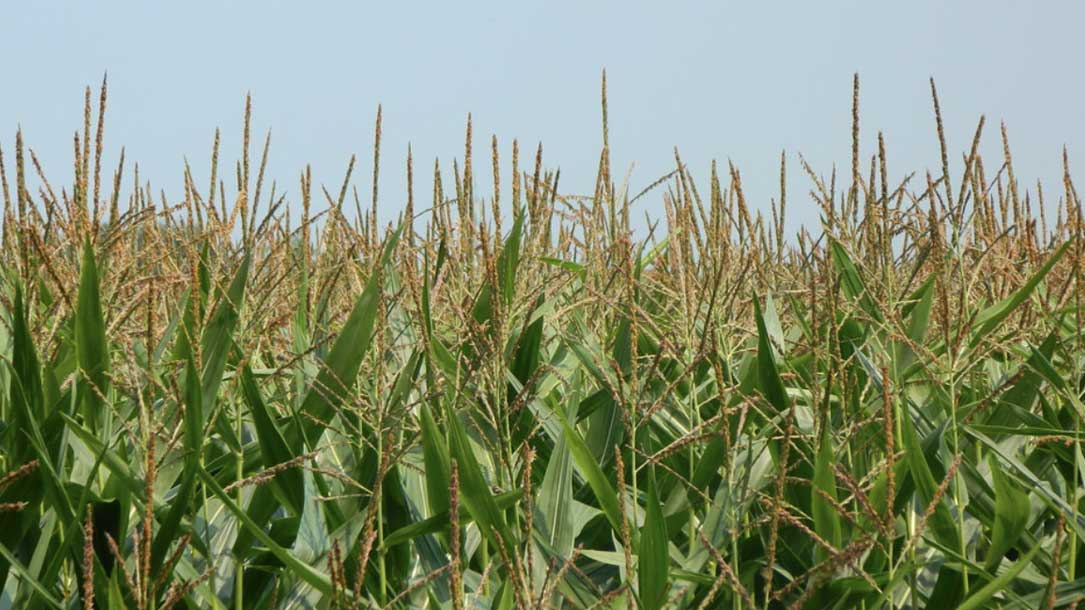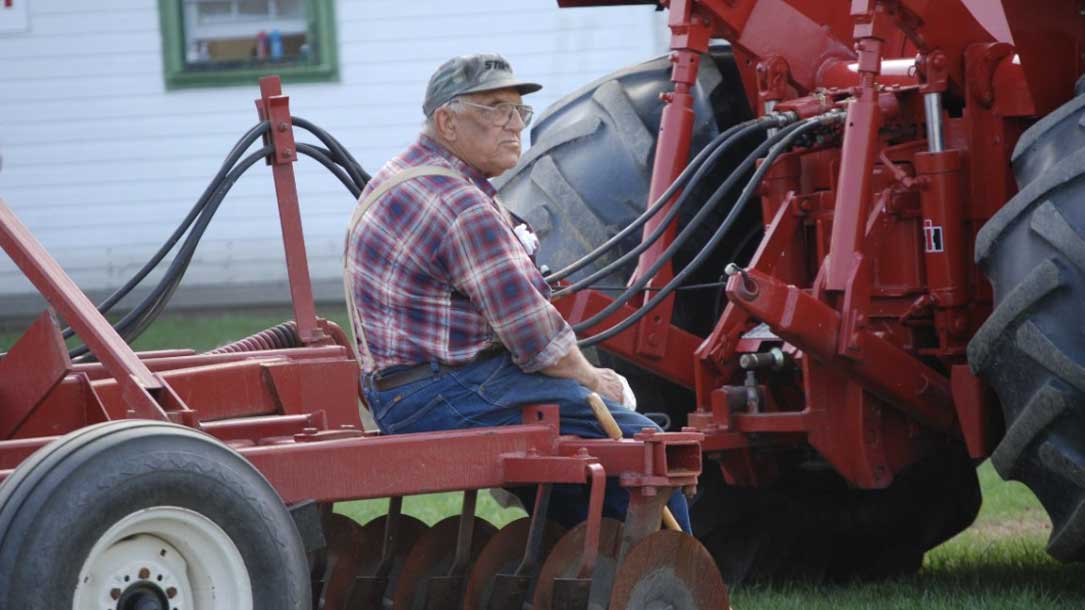Home > Climate News >

North American Grasslands Conservation Act brings restoration partnerships to the prairie
Last summer, Senators Ron Wyden of Oregon and Michael Bennet of Colorado introduced the North American Grasslands Conservation Act, which will provide resources to farmers, ranchers, and Tribes to voluntarily take steps to prevent the loss of grasslands and, when possible, restore them. Now, in the 118th Congress, lawmakers are considering additional updates to this bill and a bipartisan introduction in both the House and Senate is on the horizon.
This bill will create a voluntary, incentive-based grant program that focuses on partnering with private landowners — the stewards of their lands and waters — to conserve and restore grasslands across the country. The availability of grants is designed to be flexible, as the needs of one landowner to conserve grasslands will vary greatly across the nation: restoration of degraded grasslands, mitigating the threats of wildfire and drought, restoring watersheds, and improving the health of rangelands are among the many eligible activities for such grants…

Report: New England forests can do more to combat climate change
“What this report shows is how with even moderate changes in land-use practices we can increase the amount of carbon sequestered and stored in our landscape. To me, as I watch us fail to meet nearly every emissions reduction target, the case for including New England forests in our policy discussions just gets stronger and stronger. These are things we can do today and they come with a range of other benefits that are good for all of society”…

Climate change will put a drag on U.S. corn, soy, and wheat harvests by 2030
Maybe there is an opportunity to shift why we are growing corn and soybeans, and how they are grown. Perhaps agrivoltaics could help enhance soil health, provide farmers with a steady income, and reduce the stress that so many farm families face.
That would allow farmers to grow corn for food (rather than for ethanol), even in the face of climate change adding increasing stress to corn growers.
“Climate change is already making it harder to farm. The long-term solution to this isn’t more fertilizer. We have to start working with Mother Nature again,” said Seth Watkins, owner-operator of Pinhook Farm in southwest Iowa. “For my family and me, this includes growing a more diverse crop rotation, keeping soil covered with crops or cover crops year-round, and strategically restoring prairie to our fields to protect soil and water quality and provide wildlife habitat….”

Midwestern US has lost 57. 6 trillion metric tons of soil due to agricultural practices
A new study shows that, since Euro-American settlement approximately 160 years ago, agricultural fields in the midwestern U.S. have lost, on average, two millimeters of soil per year. This is nearly double the rate of erosion that the USDA considers sustainable. Furthermore, USDA estimates of erosion are between three and eight times lower than the figures reported in the study. Finally, the study’s authors conclude that plowing, rather than the work of wind and water, is the major culprit.

USDA: Feed grains sector at a glance
The major feed grains are corn, sorghum, barley, and oats. Corn is the primary U.S. feed grain, accounting for more than 95 percent of total feed grain production and use.
- The United States is the largest producer, consumer, and exporter of corn in the world.
- On average, U.S. farmers plant about 90 million acres of corn each year, with the majority of the crop grown in the Heartland region.
- Most of the crop is used domestically as the main energy ingredient in livestock feed and for fuel ethanol production.
- Corn is also processed into a multitude of food and industrial products including starch, sweeteners, corn oil, and beverage and industrial alcohols.

Corn and soybean production up in 2021, USDA Reports, Corn and soybean stocks up from year earlier, Winter Wheat Seedings up for 2022
WASHINGTON, Jan. 12, 2022 – Increased acreage and higher yields for corn and soybeans led to record high soybean production and near-record high corn production, according to the 2021 Crop Production Annual Summary released today by the U.S. Department of Agriculture’s National Agricultural Statistics Service (NASS).

New research — Climate change in the American mind: Beliefs & attitudes, December 2022
Yale Program on Climate Communication’s most recent research describes Americans’ beliefs and attitudes about global warming. You may find some of this surprising.
Majorities of Americans are worried about harm to their local area from…

Biden-Harris administration announces availability of Inflation Reduction Act funding for climate-smart agriculture nationwide
[Jargon alert, the article will explain more]
The IRA funding includes an additional $8.45 billion for EQIP, $4.95 billion for RCPP, $3.25 billion for CSP, and $1.4 billion for ACEP. The increased funding levels begin in fiscal year 2023 and rapidly build over four years. These additional investments are estimated to help hundreds of thousands of farmers and ranchers apply conservation to millions of acres of land.
Additionally, the IRA provides $300 million to quantify carbon sequestration and greenhouse gases (GHG) through the collection and use of field-based data to assess conservation outcomes. Information gained through this effort will be used to….

Climate change presents a mismatch for songbirds’ breeding season
Spring is the sweet spot for breeding songbirds in California’s Central Valley — not too hot, not too wet. But climate change models indicate the region will experience more rainfall during the breeding season, and days of extreme heat are expected to increase. Both changes threaten the reproductive success of songbirds, according to a study from the University of California, Davis…

Guest post: What the tiny remaining 1.5C carbon budget means for climate policy
The latest estimates from the Global Carbon Project (GCP) show that total worldwide CO2 emissions in 2022 have reached near-record levels.
The GCP’s estimates put the remaining carbon budget for 1.5C – specifically, the amount of CO2 that can still be emitted for a 50% chance of staying below 1.5C of warming – at 380bn tonnes of CO2 (GtCO2). At the current rate of emissions, this budget would be blown in just nine years.
While that is a disconcertingly short amount of time, the budget for 1.5C may actually be even tighter.












